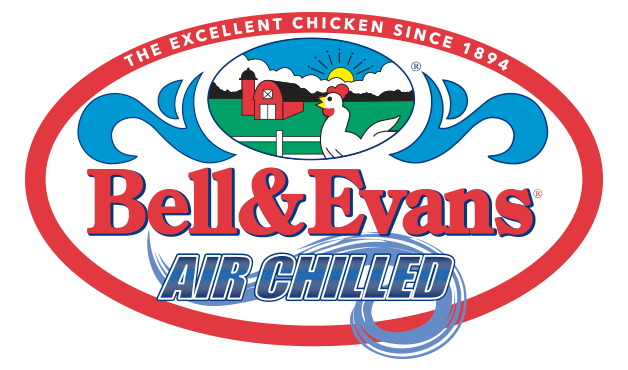In my last blog, I introduced our new, proprietary breed of higher-welfare chickens named Das Klassenbester™. If you haven’t read that post, you may want to start there because this is a continuation of that discussion.
We’re really excited about our new, higher-welfare breed. Our Das Klassenbester grows more humanely, meaning its natural genetics (or genetic structure) allow for more-balanced growth and higher quality meat. Even though we feed our chickens a high quality, all-vegetarian diet (with no junk!), we couldn’t change the quality of the bird with the previous breed. The new breed has better genetics – from better skin, to better paws, better weight distribution and is overall a hardier bird, all factors that contribute to its well-being.
There has been a lot of attention given to “slow-growth chicken” ever since Global Animal Partnership (GAP) announced that it would take slower-growing breeds into consideration when rating welfare programs. Since then, every large restaurant chain has committed to sourcing only slower-growing broilers by 2024, the year GAP’s change goes into effect. This is great news only if other producers improve their overall animal welfare programs in conjunction with fully converting to a better breed. If they don’t, they’ll replace growth-related problems with other health issues resulting from poor practices. This is why I feel the food industry’s focus on “slow-growth chicken” alone is problematic.
Our chicken houses make a world of difference. They have cement floors and curbs that allow for thorough cleanout between flocks. We remove old manure and fully sanitize the chicken houses between each flock. Our houses ALSO sit empty for two weeks between flocks to break the lifecycle of bacteria and viruses. Fresh, new litter awaits every single flock of chicks. This all matters because litter is super absorbent and manure builds up quickly. You have to start chicks out on fresh litter for their continued wellness. Other producers “freshen up” old litter by mixing it up and letting it lie as a base layer. Then they lay a thin, fresh coat of clean litter overtop the old, manured litter, and that’s how the poor little chicks start out. Ammonia is already present when the chicks arrive and continues to build up as they grow, so by the time the chickens are full grown, many are blind from the fumes. The ammonia gas also causes respiratory illness, and chickens can develop infections in their paws from standing on the dirty, damp bedding, for weeks on end. None of these problems are solved with a slow-growth breed. If anything, it’s cruel to make the chickens endure bad housing conditions for a longer period of time.
Our Humane Animal Welfare Standard is the most comprehensive, fully integrated program in the industry today, so improving the breed is yet another investment in our commitment to do what’s best for our chickens. The big commodity producers have a long way to go. Unfortunately, I’m certain some will jump on the slow-growth bandwagon, without making other important welfare changes, and convert a small percentage of their business to a slow-growth breed, similar to how they adapted to the organic movement. When they do, YOU will have to decode the confusing labels and messages to understand what you’re buying. Not if you buy Bell & Evans! Our 100% conversion takes all the guesswork away and you’ll know you’re buying a better breed raised from the best conditions.


Gave up eating tasteless chicken several years ago so I’m looking forward to your venture. Slow grow is important as is diet. My only concern is that with an all-vegetarian diet these little raptors won’t have access to pasture and won’t be able to eat bugs and insects. But it’s good you’re not feeding them junk!
Hi Linn, our Organic chickens do have access to the outside. You are correct, though. We don’t feed any of our chickens junk.
Keep up the good work
Thank you, Annette!
Saw Scott on Dr. Oz show today. I could tell he was more honest and forthcoming than the other two gents from Perdue and Tyson. Love your family story and that your wife has Italian heritage, as do I. Please tell me where I can buy your chicken products here in California?? Thank you. C. Tolbert
Hi Carla, we do have a few locations in California. Check our product locator: https://www.bellandevans.com/product-locator/
Thank you for the kind words.
I’m sorry, but since when did chickens have/develop paws??
Hi Talitha! According to a 23-page publication from the University of Pennsylvania, Chicken “Feet” are the part of the chicken from the shank (leg) through the foot. The “Paws” are just the feet, cut off at the ankle. In China, Chicken Paws are a delicacy and much sought-after.